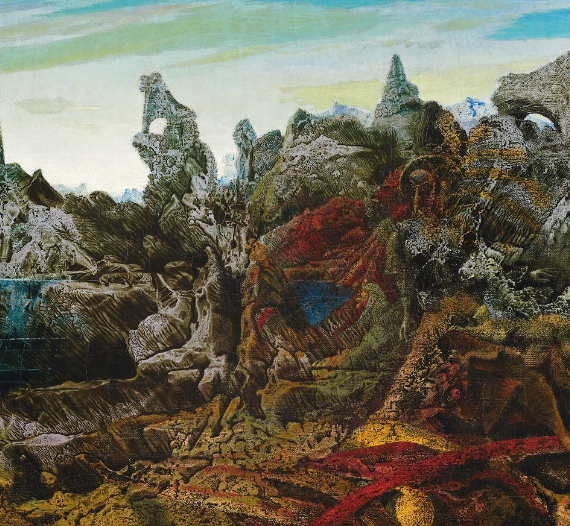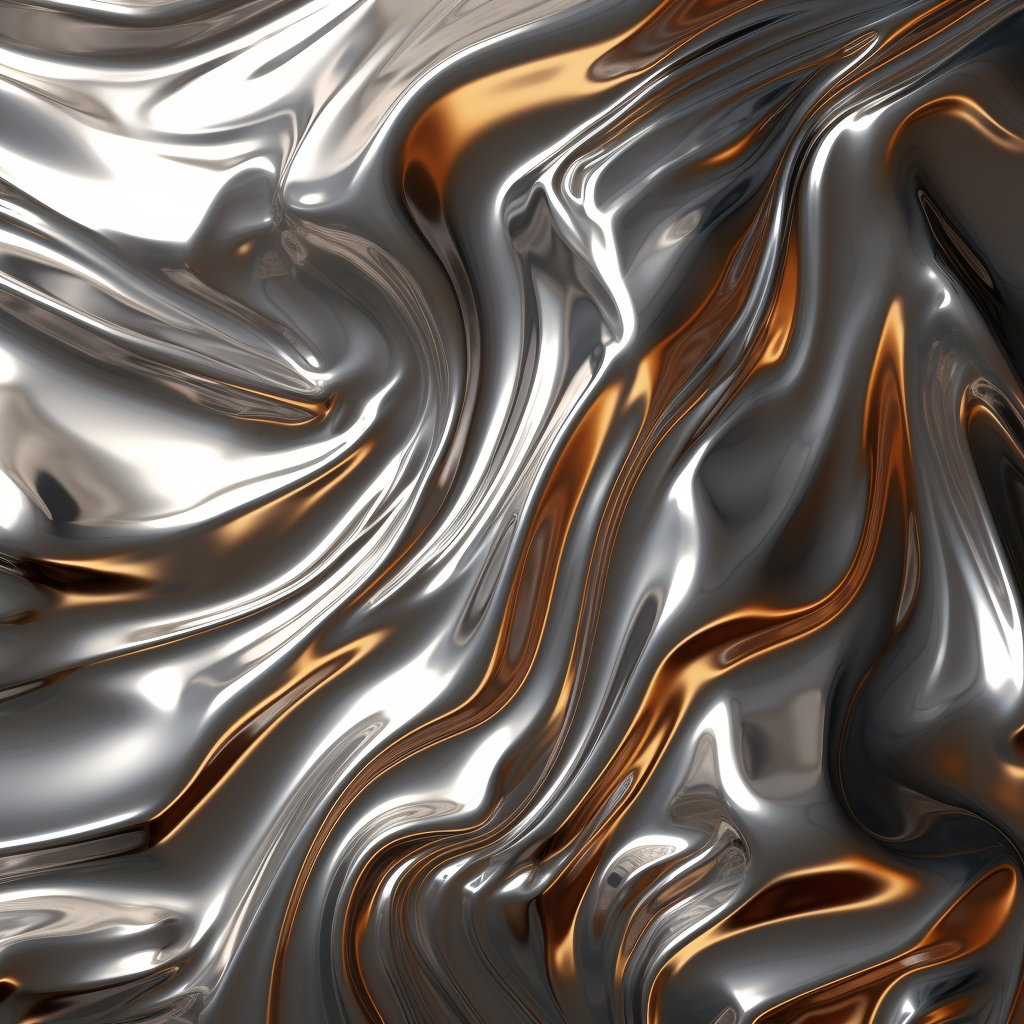
MAX ERNST
MAX ERNST

THE ARTIST
Max Ernst, (German), (1891-1976) was an instrumental artist in the Dada and Surrealist movements. Ernst initially studied philosophy but soon turned to art, where he developed a style defined by dreamlike imagery and experimental techniques.
Ernst's innovative approaches, such as frottage (rubbing surfaces to create textures) and grattage (scraping paint off canvases), helped define the visual language of Surrealism. His works often featured bizarre landscapes and fantastical creatures, blending reality with the subconscious.
In the 1940s, Ernst’s path crossed with Peggy Guggenheim, a leading art collector and socialite. They married in 1941, and Guggenheim exhibited his work, showcasing it in her renowned gallery, Art of This Century, in New York. Their relationship was both personal and professional, fostering a vibrant artistic exchange until their divorce in 1946. Despite their separation, Guggenheim continued to support Ernst’s career.
Max Ernst's influence on modern art is profound, with his imaginative techniques and surreal visions inspiring generations of artists and leaving a lasting mark on art history.
